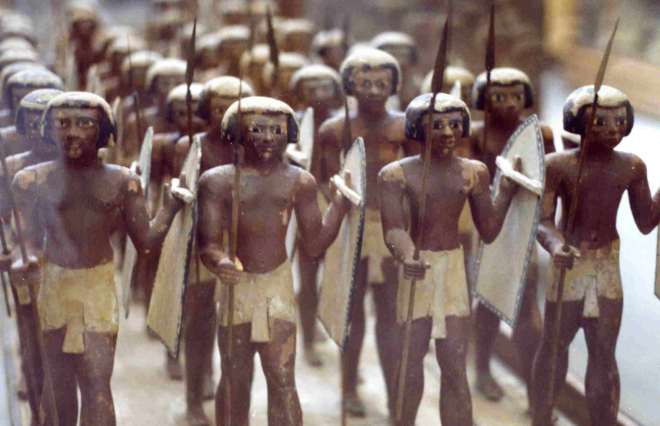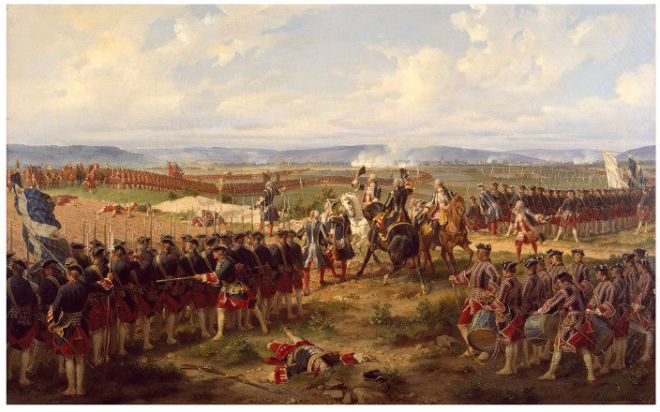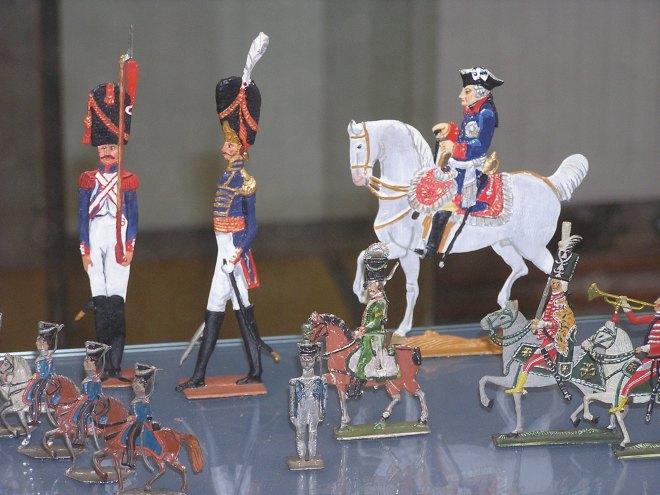I didn’t have a prompt for today’s post, so I asked on social media and friend Bob suggested:
Charlemagne and the Holy Roman Empire.

One of the things that a couple of historical TV shows have been doing lately — I’m thinking of Marco Polo and Vikings — is keep a single historical figure looming over the story. Obviously, that’s Genghis in Marco Polo, although disappointingly he’s showed up a time or two. Most of the time, though, he’s just a shadow over Benedict Wong’s Kublai. In Vikings, in the French sequences, it’s Charlemagne, who exists to show how his descendants have failed to live up to his mighty reputation.
And I think that’s probably fairly accurate for the way the emperors — who went on to style themselves Holy Roman Emperors — saw Charlemagne.
I always had a bit of a funny perspective on Charlemagne, and I wonder if I was unusual. He’s not something we really covered in school in the US, and when I was at university I started out seeing him as a sort of who-cares figure: dwarfed by the power of his Byzantine contemporaries, and, for all his achievements, hardly the equal of the Roman emperors whose title he claimed. Obviously, once I got to learn more about him and his age, I changed my view, but I think I never really appreciated how important he was in early medieval — and indeed proper medieval — Europe, not only as a person but as a person to think with.
I think it was the Song of Roland that really drove that home for me, in which Charlemagne is portrayed as someone with literally superhuman powers. By the time that was written, he was, I dunno, 2-300 years in the rear view mirror and had already passed into legend. And the importance of that legend persisted into the modern day; I firmly believe that all supernatural malarkey theories about the Spear of Destiny are based on not grasping how emotionally important the Holy Roman Empire was to the Nazis. It wasn’t that the Nazis thought it belonged to Jesus — it’s that they thought it belonged to Charlemagne.

Now, maybe I’m the weirdo, and maybe everybody else always had the right kind of appreciation for the power of Charlemagne as a symbol in medieval Europe. But when you say “Charlemagne and the Holy Roman Empire,” that’s what pops into my head.




